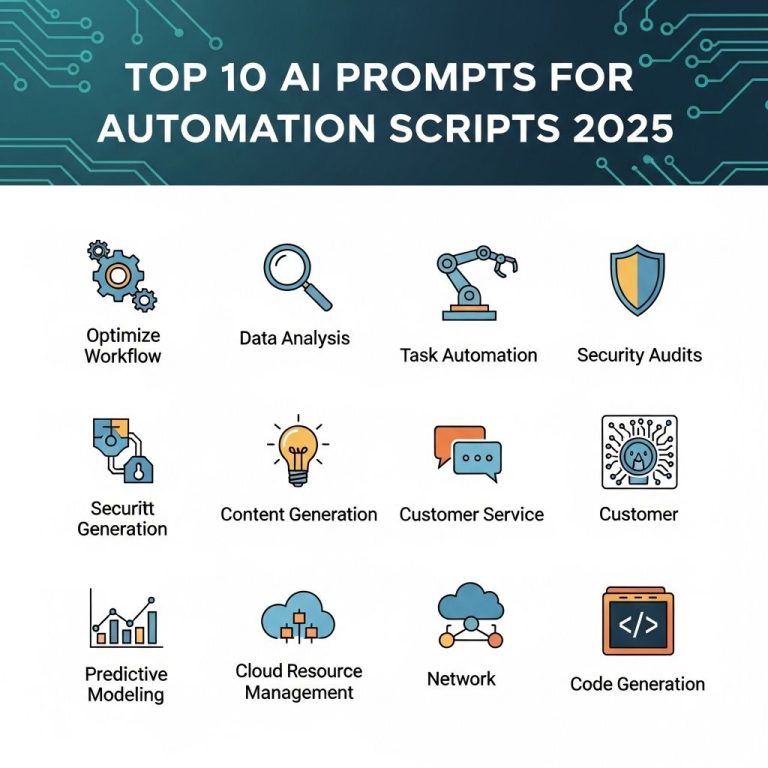In today’s fast-paced digital landscape, the ability to convert spoken language into text has become a game-changer for enterprises across various sectors. As businesses strive to improve efficiency, enhance customer service, and leverage data-driven decision-making, speech-to-text technology stands out as a crucial tool. This article delves into the transformative impact of speech-to-text services, exploring their applications, benefits, and future potential in the enterprise environment.
Understanding Speech-to-Text Technology
Speech-to-text technology, often referred to as automatic speech recognition (ASR), involves converting audio input into written text. This technology employs advanced algorithms, machine learning, and natural language processing (NLP) to accurately transcribe spoken words. The significant improvement in accuracy and speed in recent years has made these solutions more viable for business applications.
How Speech-to-Text Works
- Audio Input: The first step involves capturing audio using a microphone or another recording device.
- Processing: The audio is then processed using ASR algorithms that analyze sound waves and identify speech patterns.
- Transcription: The identified speech is converted into text form, often accompanied by punctuation and capitalization for readability.
- Output: Finally, the transcribed text can be stored, edited, or integrated into other applications.
Applications of Speech-to-Text Services in Enterprises
Speech-to-text technology has a wide range of applications in various industries. Here are some notable examples:
1. Customer Service Enhancement
Many organizations leverage speech-to-text services to enhance customer interactions. By transcribing customer calls, businesses can:
- Analyze conversations for quality assurance.
- Identify common customer issues and feedback.
- Train customer service representatives based on real interactions.
2. Streamlined Meeting Documentation
Incorporating speech-to-text in meetings allows for:
- Real-time transcription of discussions.
- Automated generation of meeting minutes.
- Easy sharing and access to notes across teams.
3. Content Creation and Journalism
Journalists and content creators are increasingly using speech-to-text technology to:
- Quickly transcribe interviews and speeches.
- Create written content efficiently.
- Reduce the manual effort involved in note-taking.
Benefits of Implementing Speech-to-Text Services
The benefits of utilizing speech-to-text services extend beyond mere transcription. Here are some key advantages:
1. Increased Productivity
By automating the transcription process, employees can focus on higher-value tasks, resulting in enhanced overall productivity.
2. Cost Efficiency
Implementing speech-to-text solutions can significantly reduce the costs associated with manual transcription services, which often involve lengthy labor hours.
3. Better Accuracy and Speed
Advanced algorithms continuously improve the accuracy of transcriptions, making them more reliable than traditional methods while also providing faster output.
4. Enhanced Accessibility
Speech-to-text services make content more accessible to individuals who are deaf or hard of hearing, fostering inclusive communication.
Challenges in Implementing Speech-to-Text Technology
Despite its many advantages, organizations may encounter some challenges while implementing speech-to-text services:
1. Quality of Audio
Background noise and poor audio quality can adversely affect transcription accuracy. Companies must invest in high-quality recording equipment.
2. Accents and Dialects
Variations in accents and dialects can pose difficulties in recognition, necessitating solutions that are trained on diverse datasets.
3. Privacy Concerns
Handling sensitive information through speech-to-text services raises privacy concerns that require robust security measures and compliance with regulations.
Future Trends in Speech-to-Text Services
The future of speech-to-text services looks promising, with several trends emerging:
1. Integration with AI and Machine Learning
Further advancements in AI and machine learning will enhance the accuracy and capabilities of speech-to-text technology, allowing for better context understanding.
2. Real-time Translation
Future services might offer real-time translation along with transcription, enabling multilingual support during meetings and conversations.
3. Voice Command Capabilities
As voice recognition improves, expect to see increased integration with voice command systems, allowing users to interact more naturally with technology.
Choosing the Right Speech-to-Text Service
Selecting the right speech-to-text solution is crucial for maximizing its benefits. Here are some factors to consider:
| Feature | Importance |
|---|---|
| Accuracy Rate | High – Essential for reliable transcriptions. |
| Integration Capabilities | Medium – Ability to integrate with existing systems enhances usability. |
| Support for Multiple Languages | Medium – Important for global enterprises. |
| Security Measures | High – Necessary for protecting sensitive data. |
| Cost Structure | Medium – Evaluate based on budget constraints. |
Conclusion
The adoption of speech-to-text services is reshaping how enterprises operate. By improving efficiency, enhancing customer service, and providing valuable insights, these technologies are becoming indispensable in modern businesses. As advancements continue to emerge, organizations that embrace speech-to-text solutions will likely gain a competitive edge, positioning themselves for success in an increasingly digital world.
FAQ
What are speech-to-text services?
Speech-to-text services convert spoken language into written text, allowing for easier documentation, transcription, and accessibility.
How can speech-to-text services benefit businesses?
These services enhance productivity by automating documentation, improving accessibility for individuals with disabilities, and enabling faster communication.
What industries can benefit from speech-to-text technology?
Industries such as healthcare, legal, education, and customer service can significantly benefit from speech-to-text technology for accurate record-keeping and efficient communication.
Are speech-to-text services accurate?
The accuracy of speech-to-text services can vary, but advanced AI technologies have significantly improved transcription accuracy, often exceeding 90% in optimal conditions.
Can speech-to-text services handle multiple languages?
Yes, many speech-to-text services support multiple languages and dialects, making them versatile tools for global businesses.
How secure is the data processed by speech-to-text services?
Reputable speech-to-text services implement robust security measures, including encryption and compliance with data protection regulations, to safeguard sensitive information.




